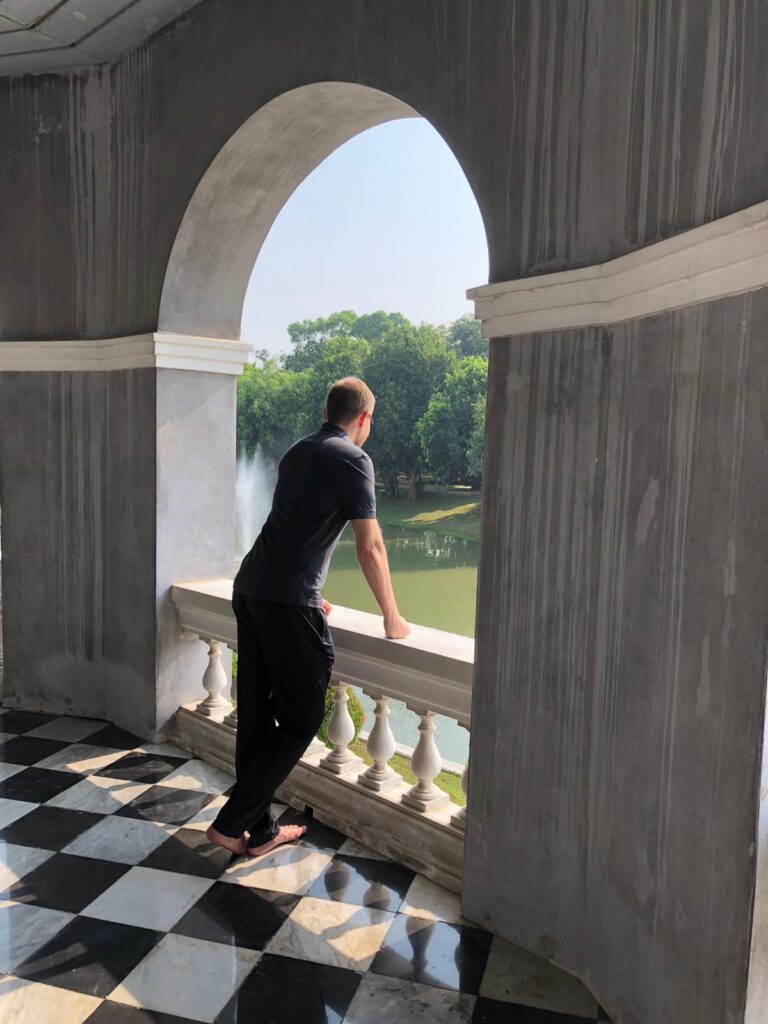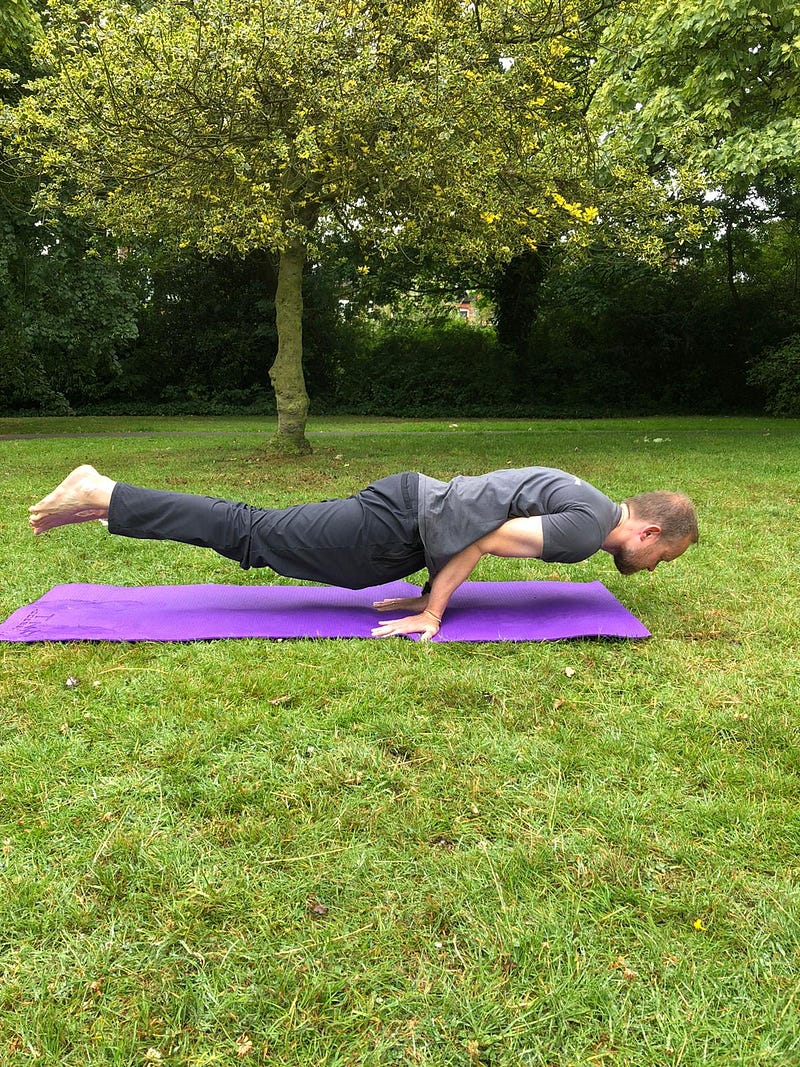
Our lives get busy. Diaries overfill with commitments. Deadlines need to be met at work and at home. Problems need solving. People need our help. Tasks need completing.
Things build up fast. Lots of competing priorities, all vying for space.
We have little to no space left for us.
Our plates overfill. Our cups run over.
This can leave us feeling stressed and more than a little overwhelmed. Feeling like we just don’t have enough time in our days, to do all we need to. To do all we want to do. To be the person we wish to be.
Our head feels like it never gets a break from worrying about this or that. There always feels like there is something that needs our attention.
We know on some level, this is not how life should be, yet we are unsure how to break the cycle.
Following are some tactics that have worked for me when I need to bring a degree of calm to my own busy mind.
1) Leverage the Power of Intentional Distraction
Paradoxically, I find distractions useful here. The fact that I’m already in a distracted state is not lost on me, what I am referring to are tactical, positive distractions that divert my mind from less optimal distractions.
This could mean reading a meaningful quote, or a passage from a favorite book (the words or voice of Thich Nhat Hanh always serve me well, when I need some calm). It could mean meeting a friend. It could mean listening to some calming music, a podcast, or time for some physical activity (workout, walk, yoga).
Sounds from nature can also be a calming distraction. Falling rain hits the spot for me.
This temporary break can bring us back to ourselves.
2) Focus on the Positive
Without wishing to sound trite, this is about making a choice to try to focus on the positives of a situation, rather than the opposite.
This is easy to say but often hard to do. However, focusing on the positive puts us in a solution-based mindset. We acknowledge the challenge and see it, but we also look for a way around it.
In contrast, I’ve found that if I focus on ‘what is wrong’, it puts me in a defensive posture. Only seeing the problems, not necessarily a solution, or even an opportunity.
Adopting a positivity-based mindset may seem like a mythical state. The self-help promised land. However, learning to think more positively can be learnt. It is a skill we can learn to leverage. An important, and necessary, first step is just deciding we want to focus on the positive. Then the work can begin of adopting habits that will serve us and learning to rewire our outlook, with a positive bias.
There are many ways to this goal, but one area that is worthy of a spotlight is that of having a regular gratitude practice. This need not be anything too formal and could be as simple as coming up with 1 to 3 things that we feel grateful for each day. Big or small. This focus on gratitude cannot help but put us in a positive frame of mind.
3) Let Go of What Doesn’t Serve Us
This is work in progress for me. It always will be and that’s okay, that’s the case for most of us.
This is about learning to let go of:
– What I cannot control (which is more than I’d like at times)
– Negative energy
– Toxic people and energy sapping conflicts
– Unreasonable expectations (of myself or others)
– Being busy all the time
In Zen teachings, this would veer into non-attachment territory. My version is more about working on having healthy attachments and letting the negative ones go, as much as possible. Being mindful of the fact that I am human, fallible and know I will fail in that quest at times.
We all get very attached to the way we think things should be. This leads to lots of expectations, not all are healthy or reasonable. The truth is, life doesn’t care much for any of that, it will roll on regardless. We have to find a way to roll with it or get rolled over by it.

4) Examine Where We Need to Say No
The reason so many of us have busy minds and lives is we say yes far too often. We let too much in and try to do too much at once. We fail and we feel bad. The cycle repeats.
Living this way takes a toll. It wears us down.
The truth is, we need to get more comfortable saying no.
There is only so much that can fit neatly on our plate at one time. We need to accept this fact and act accordingly. Seeking out opportunities to let go of some existing commitments to lighten the load and then having filter systems in place for future.
Where to start? If something is not a priority for us (something we want to do or need to do), or serves those we care about most, these are areas ripe for us finding a way to say no to.
If we do say yes, we should be saying yes with a full heart. There should be a very clear reason for the yes. So, other areas ripe for attention might be those times when you find yourself saying yes with reluctance. Fighting an internal battle of ‘shall I do this or not?’
Saying no is a skill we can learn. Like any skill, the more we practice, the more natural it will feel. Do not underestimate the power of a polite but firm no, it is a necessary and foundational skill all of us should have in our arsenal.
And to be clear, saying no does not make us a bad person. It will actually mean we can turn up a better and more present version of ourselves for what is left. Remember this if you struggle.
5) Seek a Quiet Mind
I do not consider myself to have a formal meditative practice, however I acknowledge there are definitely things I prioritize in my life, that can be considered meditative.
My version of trying to quieten my mind means allowing plenty of time and space in my life for the following:
– Writing
– Self-care breaks (long walks, yoga, breathwork, massage, holidays, trips)
– Music
– Unplugging (no wifi, no phone, no tech)
– Being in nature
– Solitude, stillness and time to reflect
– Reading
– Physical practice (bodyweight strength training, skill-based work such as hand balances from yoga, mobility flows)
Everything on this list helps bring quiet to my mind. It lowers the volume on the mental chatter that can build up. Each demands I shift my attention from where I am to it, which in turn brings me back to myself. These are non-negotiables in my life. I need space for them to feel at my best, mentally and spiritually.
Your list may look might look wildly different. It could just be focused on one or two main bullets. Sitting in meditation works for many. Sitting in the bath works for many others. There is no right or wrong. Whatever works for you, the important step is to make space for what you find.
A Journey of One, in a Sea of Many
In many ways, we are all on our own journey within wider communities. We can try to navigate life in a way that fits and serves us best. Broader than this, we can try to navigate our lives in a way that means we turn up the best version of ourselves, for those we care for most.
To do this, we must find tactics, tools and habits that will work for us, to personalize our experience. This will involve some experimentation and lots of internal reflection but it’s all time well spent. It’s all self-discovery. As we do, we will learn to be kinder to ourselves but also manage our emotions in a more constructive way.
Whilst the world is busy, and no doubt getting busier, we can choose to engage with it on terms of our setting. We can learn to keep our minds calm and quiet, even in distracted times. We can commit to tapping into the signal, amongst the noise.
*Note to the reader:
This essay is written for me and for you. I’m human so need the reminder as I can be guilty of letting my mind get over-active, with less than optimal fuel at times. Like all of us, I’m a work in progress. Don’t feel bad when you slip, we all do.
Subscribe // Books